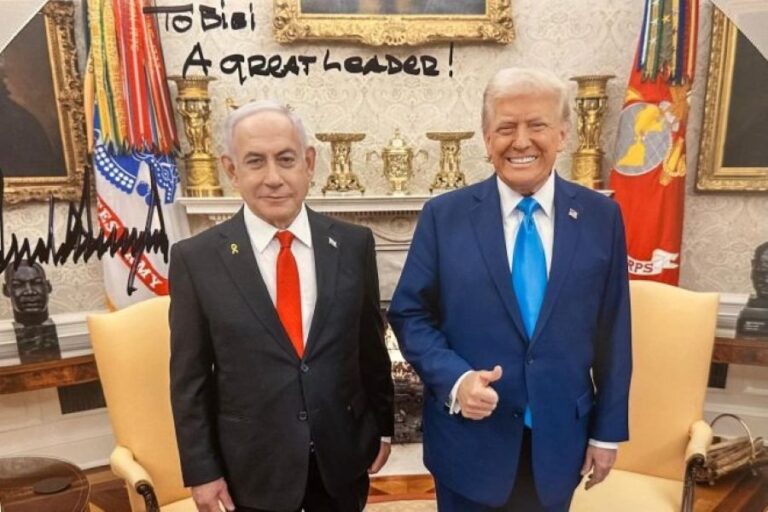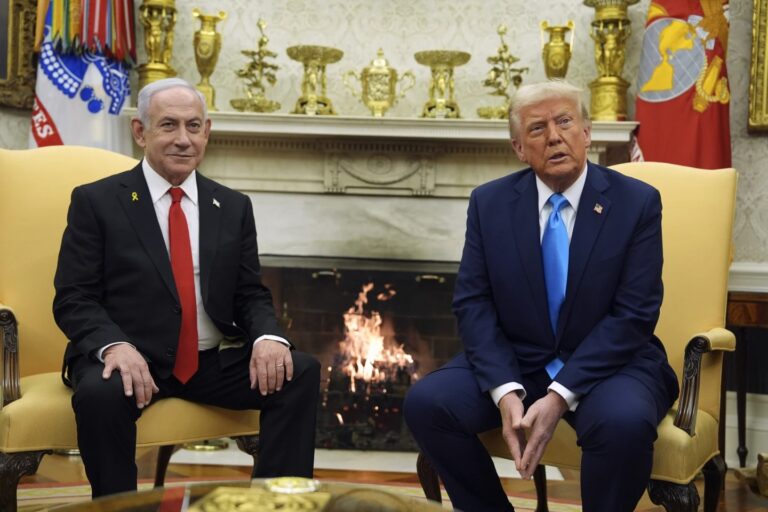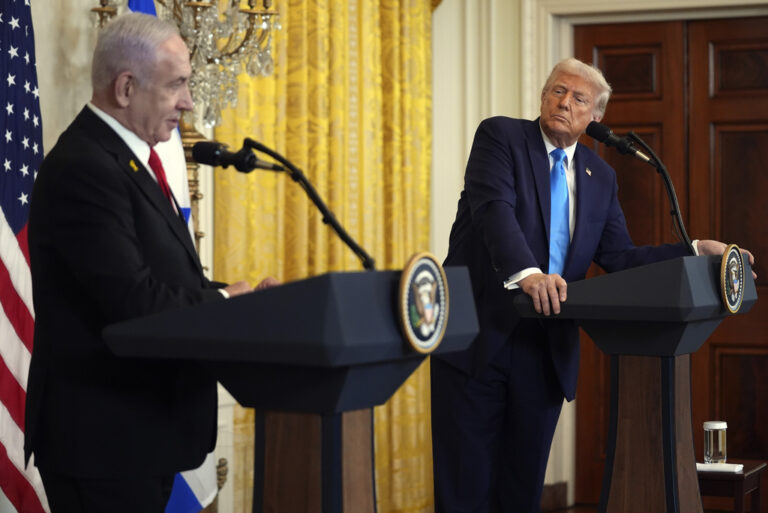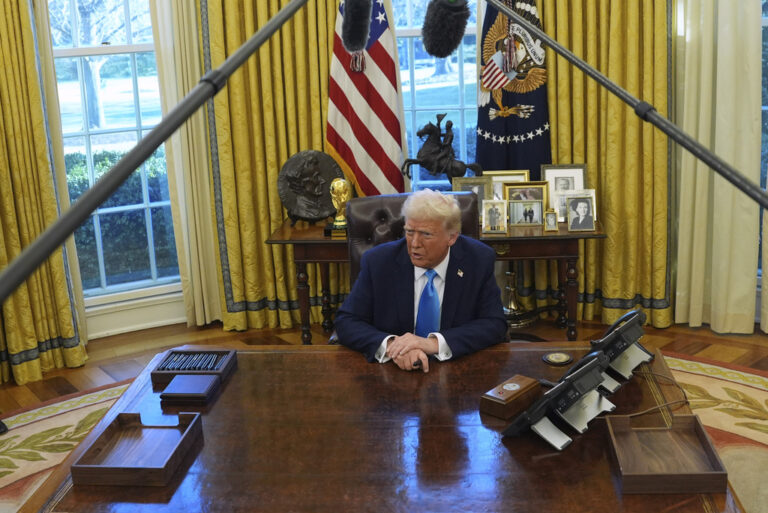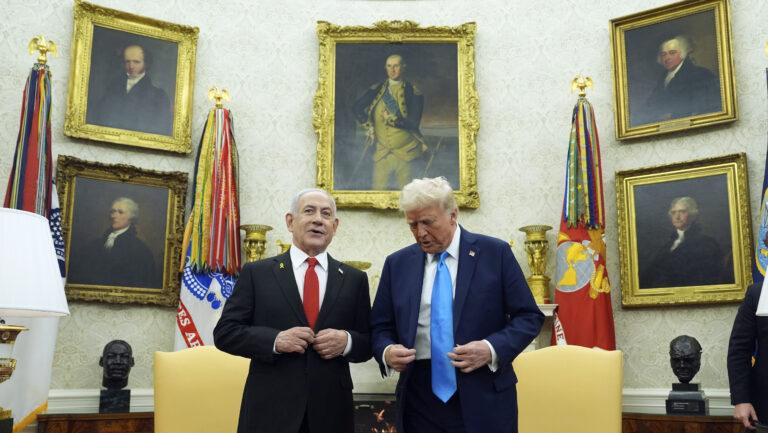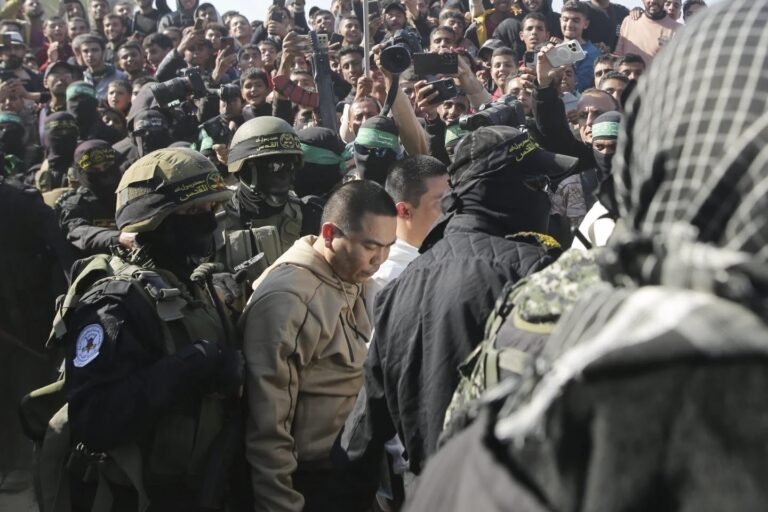By Rabbi Yair Hoffman for 5tjt.com
Usually, historians use the terms the “Rise and Fall” when discussing the history of a nation. In this essay, the terms are reversed. This is to address an embarrassing part of Jewish history, but one that was eventually rectified by a remarkable group of individuals.
This group not only saved the nation of Klal Yisroel, but the group’s actions eventually rectified the entire world somewhat. Interestingly enough, the group received very little credit for both actions. There are, of course, many questions that can be asked.
1] Who was this group? 2] What was the fall? 3] How did they rectify things? 4] From where did they receive their inspiration? And the fifth question – why did they receive so little credit for their work?
What follows is a theory that is presented by the author. The reader may agree with it or disagree with it. It does, however, answer a number of questions, particularly, how we were brought back from the brink toward a full appreciation of Hashem.
A BRIEF OVERVIEW OF WORLD AND JEWISH HISTORY
Hashem created mankind. Adam HaRishon knew and understood that Hashem was One and that Hashem is the Ultimate Giver – the source of all good – and that Tov is also one of the Names of Hashem. Eventually, however, this knowledge among mankind declined. We will call this, the first fall.
The world was destroyed on account of the decline, and Noach and his sons were to rebuild it anew. Knowledge of Hashem and His nature was restored among mankind. This, however, was temporary. In a short amount of time, knowledge of Hashem and His nature was forgotten again. We will call this the second fall.
The knowledge of Hashem and His Nature was rediscovered by Avrohom Avinu. Rav Chaim Kanievsky explains in his siddur that Avrohom Avinu rediscovered it, initially, without parental guidance and without guidance of a Rebbe. Rather, it was his two kidneys, his inner sense of discernment, that guided him back to the right path.
Avrohom Avinu fathered a nation, Klal Yisroel. The nation went down to Mitzrayim and was taken out by Hashem through Moshe Rabbeinu. After the 49 days between the exodus from Mitzrayim, the nation was able to purify itself and receive the Torah. During those days we managed to rise and become the Dor De’ah – the greatest generation.
After receiving the Torah, and after entering Eretz Yisroel – we eventually declined and began to serve other deities, r”l. We will call this the third fall – the difference being that the first two were the fall of mankind and this was the first fall of Klal Yisroel. The word “devolvement” is particularly instructive – but more on this later. It is possible that this third fall was as a result of the chait HaEgel – the sin of the Golden Calf.
The archaeological record shows that we were serving a multiplicity of deities, and that we were doing so in combination with other aspects of Torah observance. How strange. Thus far, we have identified the answer to our second question. This was the third fall or the first fall of Klal Yisroel. But it seems an insurmountable problem. How did things rectify? How was Avodah Zarah eliminated from Klal Yisroel?
Let’s now answer the first question. The group that rectified things was the Anshei Knesses HaGedolah – those who formulated the words of Shmoneh Esreh, and those who initiated the concept of the Bracha Rishona.
How did they rectify things and overcome this seemingly insurmountable problem? Let’s go back to that word – “devolvement.” The different names of Hashem have always connoted different aspects of Hashem. There is the Name that connotes the Midas Harachamim. There is the Name that connotes the Midas haDin. The use of these Names on the part of some members of Klal Yisroel devolved and, eventually, there were those in Klal Yisroel that worshipped a physical, corporeal deity and named that deity with one of Hashem’s Names.
- <<< Only $1430 Left To Help Marry Off a Baal Teshuvah Couple!>>>
https://thechesedfund.com/zechornilah/weddingoftwobaaleiteshuva
THE FORMULATIONS
I would like to suggest that the Anshei Knesses HaGedolah purposefully formulated the wordings of the Shmoneh Esreh and of the brachos that they had instituted with this in mind – to rectify the fall.
Thus, the words of Shmoneh Esreh begin, “Boruch attah Hashem, Elokainu” – both Names are combined – and then “v’Elokai avosainu” – the wording is an appeal to those who fell – they were always who our ancestors had worshipped, Avrohom Yitzchok and Yaakov. There was a devolvement.. The Name Kel – was also once part of the One True Hashem that we all worshipped..
The Anshei Knesses HaGedolah also used this in the formation of the brachos – mentioning the Name Hashem and Elokim together to undo the devolvement. Ultimately, the efforts of the Anshei Knesses HaGedolah worked. We left the AVodah Zarah and were put on the right track once again.
But from where did the Anshei Knesses HaGedolah get this inspiration? I would like to suggest that it was from the Shma itself. The Torah perhaps alluded to this dark period that was to come in our history – this period of the “devolvement” of the Names. Shma Yisroel, Hashem, Elokeinu, Hashem – echad not only addressed the idea, the Mitzvah of accepting the Oneness of Malchus Shamayim – but perhaps also alluded to what needed to be done. Let’s now take a deeper look at the Shma.
THE SHMA
The Rambam, in his Sefer haMitzvos (#2 and #10), enumerates two separate Mitzvos that one fulfills in the recitation of the Shma. One fulfills the Mitzvah of reciting the Shma in the night and day, as it states “VeDibarta Bam b’shivtecha bevaisecha, uvelechtecha vaderech uveshabecha uvekumecha” (#10). One also fulfills a second Mitzvah of accepting the yoke of malchus shamayim – the kingship of Heaven(#2).
ACCEPTING THE YOKE
The Gemorah in Brachos (13a) cites Rabbi Yehoshua Ben Karcha as saying that the first paragraph of Shma precedes the second paragraph so that the person first accepts upon himself the yoke of Heaven and then the yoke of the Mitzvos. On the next amud (13b), the Gemorah tells us of the obligation of fully directing one’s heart. The Gemorah records a debate as to whether this obligation applies to the entire first paragraph or just to the first sentence of Shma Yisroel.
The Shulchan Aruch seems to rule (OC 61:9) that it is the first sentence – Shma Yisroel Hashem Elokainu Hashem Echad. The Shulchan Aruch (OC 61:14) also points out something else. He points out that there is an obligation to pause between the worlds l’olam vo’ed and v’ahavta. This is so that one makes a distinction between the acceptance of the yoke of Malchus Shmayayim and the yoke of the Mitzvos.
The Baalei haTosfos (“Al Levavcha” 13b) point out that there is a special level of intent that is necessary in the acceptance of Malchus Shamaymayim – to the point that one must actually come to a standstill when fulfilling this Mitzvah. It is not just a reading where some intent and concentration is required. Rather, he must fully accept it and contemplate the content of the words.
There are other repercussions of the special quality of this Mitzvah. We see further (Brachos 21a) that when the whole tzibbur is accepting upon themselves the yoke of shamayim – you cannot set yourself apart from the community and ignore it. You must also recite that first pasuk of shma along with them. It is the first pasuk of Shma that is the key to accepting Ol Malchus Shamayim properly.
WHAT THE ANSHEI KNESSES HAGEDOLAH MIGHT HAVE SEEN IN THIS POSUK
It is possible that the Anshei Knesses HaGedolah saw in this pasuk a hint to what needed to be done – to reach out to Klal Yisroel and to attempt by all means to get them to accept Malchus Shamayim – the Oneness of Hashem. Perhaps they saw that the devolvement that Klal Yisroel was experiencing needed to be rectified – that the worshipping of the different Names of Hashem as separate corporeal deities needed to be changed. The acceptance of Malchus Shamayim may thus have been included in the formulation of each bracha recited in the words of “Melech haOlam.” This needed to be inculcated within all of Klal Yisroel again in a different way or manner. That way was the three times formula in the Shmoneh Esreh and in the wording of the brachos.
THE FIFTH QUESTION
This leaves us with only the fifth question to be answered: Why did they received little or no credit? The answer is that this was an embarrassing aspect of our history, and a blow to kavod shamayim. Our fall was downright embarrassing. We worshipped Avodah Zara and we did so using the very Names of Hashem. This needed to be rectified and perhaps also be swept under the carpet because of the sensitivities involved.
The Anshei Knesses HaGedolah did what needed to be done. They did so in a humble and unassuming way. They saved Klal Yisroel, restored Kavod Shamayim, and put the world on the right track.
- <<< Only $1430 Left To Help Marry Off a Baal Teshuvah Couple!>>>
https://thechesedfund.com/zechornilah/weddingoftwobaaleiteshuva
The author can be reached at [email protected]



